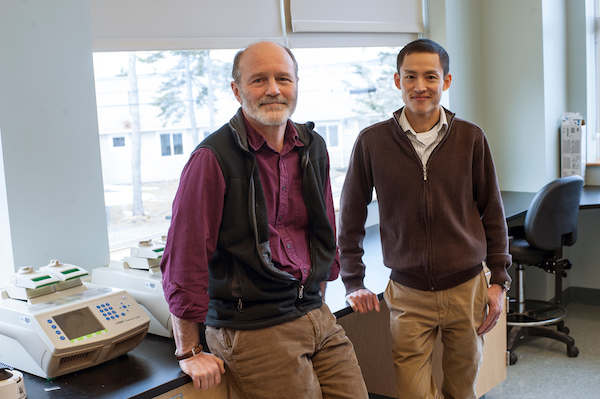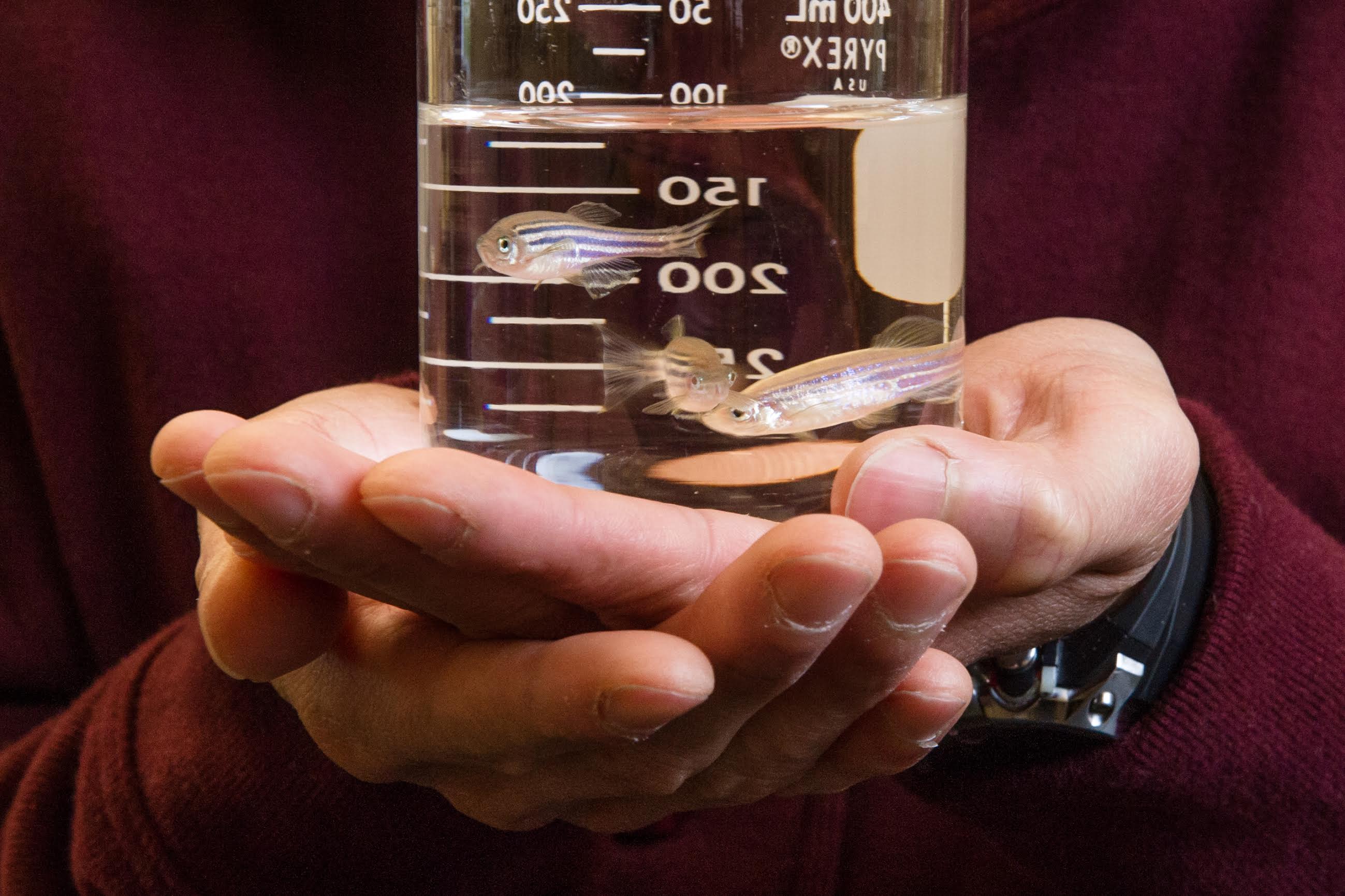MDI Biological Laboratory in Mount Desert Island, Maine has been awarded a patent on a tiny molecule called MSI-1436.
This is a big deal for two reasons:
- It’s a first for MDI.
- It paves the way for a possible drug that would repair and regenerate damaged heart tissue.
Tissue regeneration
Our bodies already have a remarkable ability to repair and regenerate damaged tissue. Think of how skin heals after a cut or surgery, how torn muscles repair themselves, how you could lose a huge portion of your liver and it would be able to regenerate itself, how broken bones knit.
Unfortunately, other tissues, such as the spinal cord, brain, and heart, do a poor job of regeneration. When a person has a heart attack, for instance, scar tissue forms in the damaged area and it can no longer function like it’s supposed to.
“Basically,” explained MDI President, Kevin Strange, Ph.D., “the current standard of treatment for a heart attack, assuming you survive it, is you in effect spend the rest of your life being treated with drugs and other sorts of approaches to try and prevent a secondary heart attack and to try and prevent heart failure. If you go into heart failure that’s kind of it unless you can get a transplant.”
Or … unless a drug was available that could activate your heart to repair itself. That’s the promise of MSI-1436. MDIBL scientist Voot P. Yin, Ph.D., said it was a eureka moment when he realized its potential.
Dr. Yin had been studying heart regeneration in zebrafish (a common animal model for research) for about ten years. The zebrafish shares about 70 percent of its genes with humans. Not fish genes, but genes and proteins that are shared across all species.
For the past 15 years or so, much of heart repair research has focused on developing stem cell treatments and not making much progress. Dr. Yin decided to take a different approach and look closely at the innate ability of zebrafish to regenerate tissue, including heart tissue.
“Studying heart regeneration in the zebrafish made a whole lot of sense because this animal had optimized the blueprint of heart regeneration,” he said. “If we can decode and read this instruction manual then we can find ways to prove or learn which factors need to be reactivated or shut off in a mammalian heart in response to an injury.”
To further explain his thinking, Dr. Yin said that in the first week of its life, a mouse, which like humans is a mammal, can spontaneously regenerate new heart tissue. After that, the circuits suddenly shut off and can’t be reactivated if there is an injury. His research has been focused on trying to identify the critical factors and how to turn them back on.
“All the machinery to regenerate the heart is there,” he said, “but for some reason gets turned off with age and we don’t know why.
Back to Dr, Yin’s eureka moment. If you remove the tailfin of a zebrafish, it will automatically grow a new one. During the summer of 2012, one of Dr. Yin’s students discovered that if the tailfin of a zebrafish was removed and the fish was exposed to MSI-1436, it generated a new tailfin 300 times faster than usual.
“When she first brought me the initial result, I actually didn’t believe it,” he said. “I thought she might have mixed up the samples. I had her try it a number of different times blinded and I had other people try it and then when the results continued to be consistently exciting that was definitely a great moment in the lab.”
What his follow-up research (all blinded studies) showed is that MSI-1436 was also able to turn on heart regeneration in adult zebrafish and in adult mice. The fact that they are separated by hundreds of millions of years of evolution makes it likely it will also do the same in humans.
What next?
Testing that theory will take several years and likely millions of dollars. Getting the patent on the molecule is a major step toward doing clinical studies in humans. MDI, which is a non-profit lab, also moved ahead and created a for-profit spin-off called Novo Biosciences to develop MSI-1436 as a regenerative medicine therapy.
“The reality,” said Dr. Strange,” is that developing a drug is extremely expensive and extremely risky. It can’t be done in a non-profit institution. You have to attract significant investment dollars. And I want to emphasize it’s not when it’s if. We don’t know if it will eventually get approved for use in humans, so we have a long way to go.”
But they’re all pretty excited because they have lots of evidence that they should keep moving forward. Once a drug has gone through animal testing and continues to look promising for humans, it has to go through extensive testing to make sure it’s not toxic — first to animals and then to humans.
“This drug has already made it through all of that early toxicity testing,” said Dr. Strange, “and it’s also been in what are called FDA Phase 1a and 1b clinical trials. It was initially being tested as an anti-obesity and type 2 diabetes drug and what they showed is that the drug was quite well tolerated by patients.”
The potential
If MSI-1436 is able to regenerate new heart tissue in humans, the potential market for it could be huge. Heart disease is the leading cause of death in men and women around the world. According to the World Health Organization (WHO), it’s responsible for 17.5 million deaths every year.
Another potential use for the molecule is in the treatment of various forms of muscular dystrophy. The most common form is Duchenne muscular dystrophy which is characterized by progressive muscle degeneration and ultimately death due to heart and/or respiratory failure.
MSI-1436 also holds potential in wound healing, reducing wound scarring and the regeneration of multiple other tissues, including nervous tissue.
The big question that still remains is will it work in humans? We’ll keep you posted on the research.




Leave A Comment